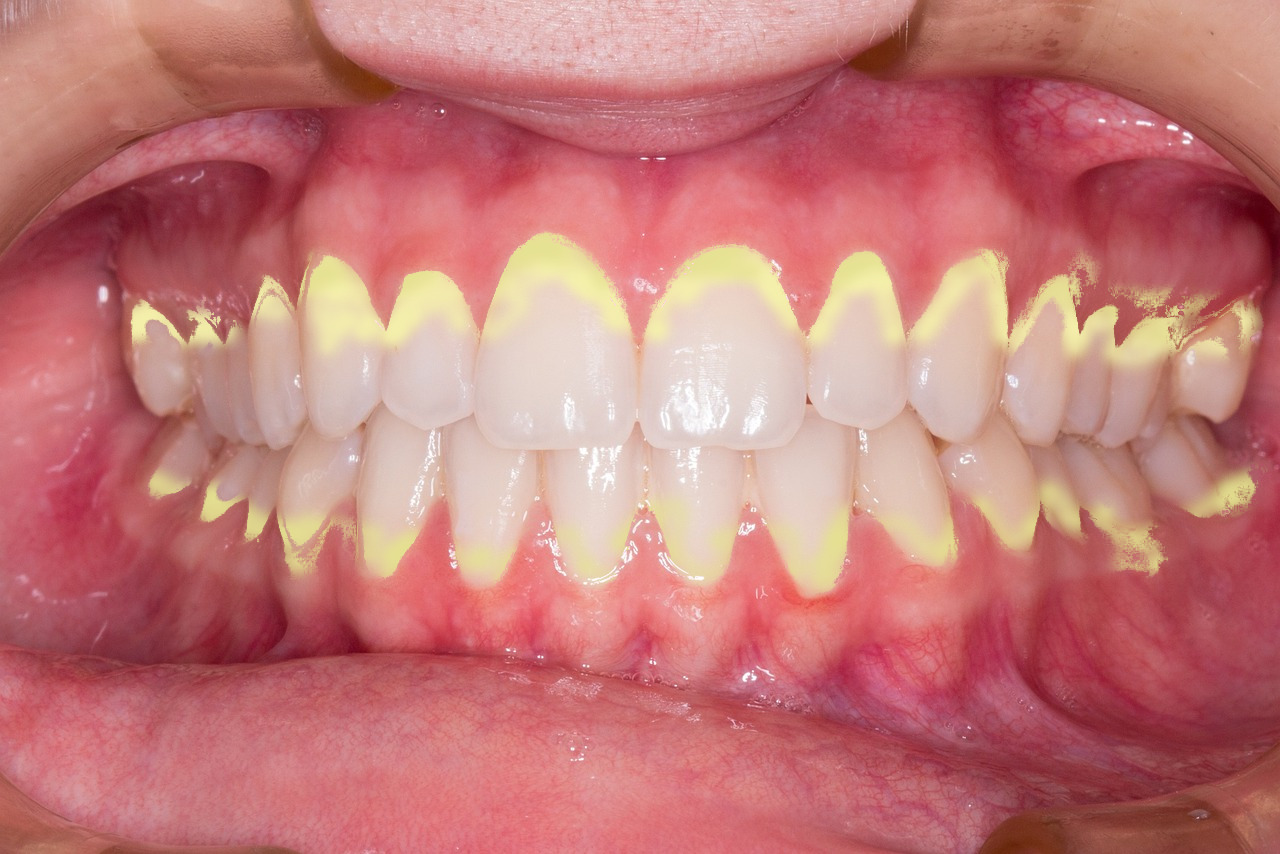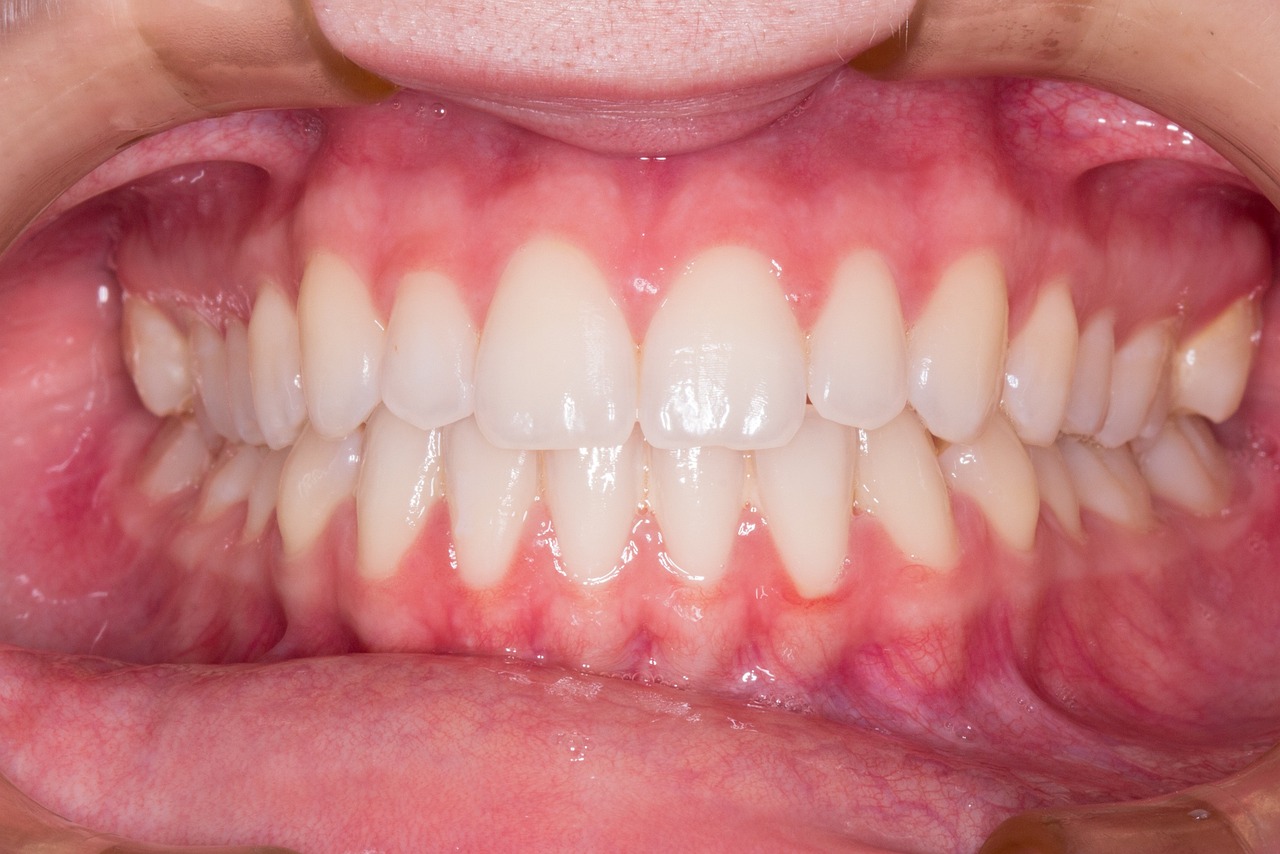Our Services
We are a comprehensive dental service provider and treat a multitude of dental concerns.
Tooth Decay (Cavities)
Disease
Tooth decay, also known as dental caries or cavities, is the destruction of tooth enamel due to bacterial activity.
Symptoms
Tooth decay often begins with a toothache or sensitivity to hot, cold, or sweet foods. You might notice dark spots or holes in the affected teeth, and the area may feel rough or jagged. Advanced decay can lead to severe pain, swelling, and an abscess.
Home Remedies
While home remedies can’t replace professional dental care, some practices may help manage early symptoms. Brushing twice daily with fluoride toothpaste, flossing regularly, and using a fluoride mouthwash can help remineralize the tooth enamel. Rinsing with warm salt water may reduce discomfort and inflammation temporarily.
Treatments
A dentist will usually treat tooth decay by removing the decayed portion of the tooth and filling it with a material such as amalgam, composite resin, or gold. In more severe cases, a root canal may be necessary to remove infection from the tooth’s pulp. Crowns might be used to restore a tooth that has been extensively damaged.
Post-Treatment Care
After treatment, it’s crucial to maintain good oral hygiene to prevent future decay. This includes regular brushing, flossing, and dental checkups. Avoid sticky or sugary foods that can promote further decay, and follow any specific care instructions provided by your dentist.
Gum Disease (Periodontal Disease)
Disease
Gum disease, or periodontal disease, is an infection of the tissues that hold your teeth in place, caused by plaque buildup on the teeth.
Symptoms
Gum disease starts with gingivitis, characterized by red, swollen gums that bleed easily during brushing or flossing. As the disease progresses to periodontitis, symptoms can include persistent bad breath, receding gums, deep pockets between teeth and gums, and loose teeth.
Home Remedies
Home remedies include maintaining excellent oral hygiene by brushing twice a day, flossing daily, and using an antimicrobial mouthwash to help reduce plaque. Eating a balanced diet rich in vitamins C and D may support gum health. However, these measures alone cannot cure gum disease.
Treatments
Treatment for gum disease typically involves professional cleanings to remove plaque and tartar, scaling and root planing to smooth tooth roots and reduce gum inflammation. Advanced cases might require surgical procedures such as flap surgery or bone grafting.
Post-Treatment Care
After treatment, rigorous oral hygiene is essential to prevent recurrence. This includes regular dental visits for cleanings and exams, using prescribed antimicrobial treatments, and adhering to a dental care routine. Avoid smoking, as it can impair gum healing and increase the risk of disease.
Tooth Sensitivity
Disease
Tooth sensitivity, or dentin hypersensitivity, occurs when the underlying layer of your teeth—the dentin—becomes exposed, often due to enamel erosion or gum recession.
Symptoms
Tooth sensitivity is marked by sharp pain or discomfort when consuming hot, cold, sweet, or acidic foods and beverages, or even when breathing cold air. The pain is usually sudden and sharp but temporary.
Home Remedies
Home remedies for tooth sensitivity include using a soft-bristled toothbrush, desensitizing toothpaste, and avoiding acidic foods and drinks. Rinsing with salt water or using a fluoride rinse can also help strengthen tooth enamel and reduce sensitivity.
Treatments
Dentists can treat tooth sensitivity with fluoride treatments to strengthen enamel, desensitizing agents applied in-office, and bonding agents to seal exposed dentin. For severe cases, procedures like gum grafts or root canals may be recommended.
Post-Treatment Care
Post-treatment care includes maintaining good oral hygiene with gentle brushing and flossing, using desensitizing toothpaste, and avoiding foods and drinks that trigger sensitivity. Regular dental checkups are also important to monitor and manage the condition.
Oral Cancer
Disease
Oral cancer is a type of cancer that develops in the tissues of the mouth or throat, including the lips, tongue, cheeks, and floor of the mouth.
Symptoms
Symptoms of oral cancer include sores or lumps in the mouth that do not heal, persistent mouth pain, difficulty swallowing or chewing, and unexplained weight loss. Other signs may include white or red patches in the mouth and numbness in the tongue or other areas of the mouth.
Home Remedies
While home remedies cannot treat oral cancer, maintaining good oral hygiene, avoiding tobacco products, and limiting alcohol consumption can help reduce risk. Regular dental checkups are crucial for early detection and prompt treatment.
Treatments
Treatment for oral cancer typically involves surgery to remove the cancerous tissue, radiation therapy, and chemotherapy. Targeted therapy and immunotherapy may also be used in some cases. The specific treatment plan depends on the cancer's stage and location.
Post-Treatment Care
Post-treatment care includes regular follow-up visits to monitor for recurrence, maintaining good oral hygiene, and making dietary adjustments to accommodate changes in swallowing or chewing. Supportive care, including speech therapy and nutritional counseling, may also be necessary.
Tooth Decay (Cavities)
Tooth Erosion
Disease
Tooth erosion occurs when the enamel, the outermost layer of the tooth, is worn away by acids from certain foods, drinks, or stomach acid.
Symptoms
Symptoms of tooth erosion include sensitivity to hot, cold, and sweet foods, discoloration of the teeth, and the teeth becoming more rounded or translucent. Severe erosion can lead to cracks and rough edges on the teeth.
Home Remedies
Home remedies for tooth erosion include reducing the intake of acidic foods and drinks, using a straw to minimize contact with teeth, rinsing the mouth with water after consuming acidic substances, and using fluoride toothpaste to help strengthen enamel.
Treatments
Treatment for tooth erosion may involve bonding to repair damaged areas, the use of crowns to protect teeth, and fluoride treatments to strengthen the remaining enamel. In severe cases, restorative procedures such as veneers or crowns may be necessary.
Post-Treatment Care
Post-treatment care includes maintaining good oral hygiene, avoiding acidic foods and beverages, and using fluoride treatments or toothpaste. Regular dental checkups are essential to monitor the condition and prevent further erosion.
Oral Thrush
Disease
Oral thrush, or oral candidiasis, is a fungal infection caused by the Candida species, resulting in white lesions on the tongue and inner cheeks.
Symptoms
Symptoms of oral thrush include white, creamy lesions on the tongue, inner cheeks, roof of the mouth, gums, and tonsils. The lesions can be painful and may bleed when scraped. Other symptoms include a cottony feeling in the mouth, loss of taste, and difficulty swallowing.
Home Remedies
Home remedies for oral thrush include rinsing the mouth with salt water or a baking soda solution, consuming unsweetened yogurt or taking probiotics to restore healthy bacteria, and maintaining good oral hygiene. Limiting sugar intake can also help reduce the risk of fungal growth.
Treatments
Treatment for oral thrush typically involves antifungal medications, which can be in the form of lozenges, tablets, or mouthwashes. In severe cases, systemic antifungal drugs may be prescribed.
Post-Treatment Care
Post-treatment care includes maintaining good oral hygiene, regularly disinfecting dentures if worn, and managing underlying health conditions that may contribute to thrush. Regular dental checkups can help monitor and prevent recurrence.
Bruxism (Teeth Grinding)
Disease
Bruxism is the involuntary grinding or clenching of teeth, often occurring during sleep. It can lead to various dental issues if left untreated.
Symptoms
Symptoms of bruxism include jaw pain, headaches, worn-down or chipped teeth, tooth sensitivity, and earaches. In severe cases, it can lead to temporomandibular joint (TMJ) disorders.
Home Remedies
Home remedies for bruxism include stress management techniques such as meditation and exercise, avoiding caffeine and alcohol before bedtime, and using a warm compress on the jaw muscles to relax them. Practicing good sleep hygiene can also help reduce nighttime grinding.
Treatments
Treatment for bruxism may involve wearing a custom-made nightguard to protect the teeth during sleep, stress reduction techniques, and, in some cases, medications to relax the jaw muscles. In severe cases, dental correction to align the teeth properly might be necessary.
Post-Treatment Care
Post-treatment care includes continuing the use of a nightguard, managing stress levels, and maintaining regular dental checkups to monitor the condition. Your dentist may recommend jaw exercises or physical therapy if needed.
Dry Mouth (Xerostomia)
Disease
Dry mouth, or xerostomia, occurs when the salivary glands do not produce enough saliva to keep the mouth moist. It can lead to various oral health issues.
Symptoms
Symptoms of dry mouth include a sticky, dry feeling in the mouth, frequent thirst, difficulty chewing, swallowing, or speaking, a dry or sore throat, and cracked lips. It may also lead to bad breath and an increased risk of tooth decay and gum disease.
Home Remedies
Home remedies for dry mouth include sipping water regularly, chewing sugar-free gum, using a humidifier at night, and avoiding tobacco, alcohol, and caffeinated drinks. Consuming foods that stimulate saliva production, like carrots and celery, can also help.
Treatments
Treatment for dry mouth may involve using over-the-counter saliva substitutes, prescription medications to stimulate saliva production, and treating underlying conditions causing the dry mouth. Your dentist may also recommend special toothpaste or mouthwash designed for dry mouth relief.
Post-Treatment Care
Post-treatment care includes maintaining good oral hygiene, staying hydrated, and following your dentist’s recommendations for managing dry mouth. Regular dental visits are important to monitor for cavities and gum disease, as dry mouth can increase these risks.
Temporomandibular Joint Disorders (TMJ/TMD)
Disease
Temporomandibular joint disorders (TMJ/TMD) refer to a group of conditions affecting the jaw joint and surrounding muscles, leading to pain and dysfunction.
Symptoms
Symptoms of TMJ/TMD include jaw pain or tenderness, aching pain around the ear, difficulty or discomfort while chewing, locking of the joint, and clicking or popping sounds when opening or closing the mouth. It may also cause headaches and neck pain.
Home Remedies
Home remedies for TMJ/TMD include applying ice or heat packs to the affected area, performing jaw exercises to improve mobility and reduce pain, eating soft foods to minimize jaw strain, and practicing stress management techniques to reduce teeth clenching.
Treatments
Treatment for TMJ/TMD can range from non-invasive methods like physical therapy, oral splints, and medications to more advanced treatments like corticosteroid injections or surgery in severe cases. Your dentist may also recommend behavioral therapies to help reduce jaw tension.
Post-Treatment Care
Post-treatment care involves continuing with prescribed jaw exercises, wearing any recommended oral appliances, and avoiding hard or chewy foods that can aggravate the condition. Regular follow-up visits with your dentist or specialist are important to monitor progress and adjust treatments as needed.
Award Winning
Professional Staff
24/7 Opened
Fair Prices
Make Appointment





